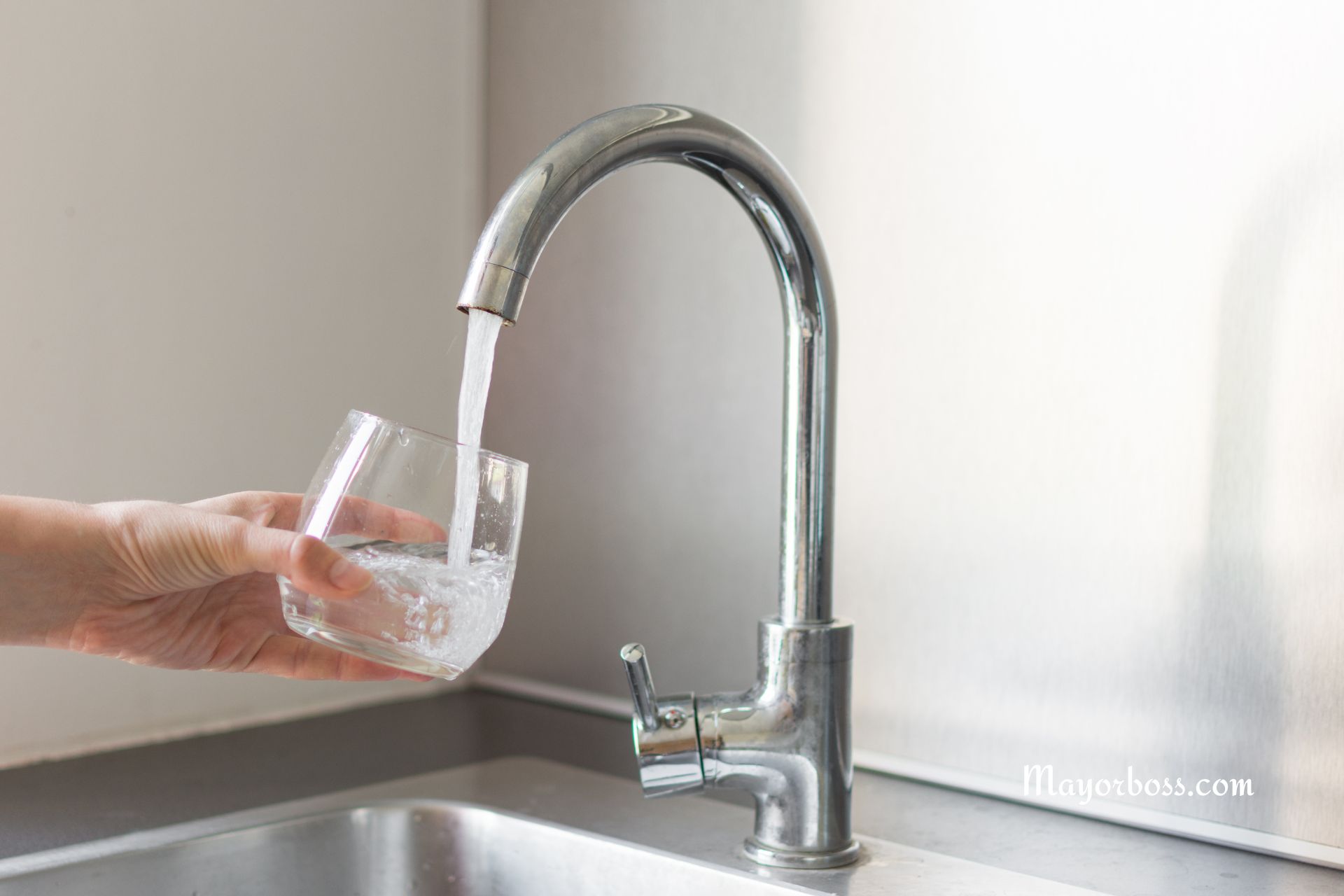Your Tap Water Could Be Harmful – Here’s Why
Most of us turn on our taps without a second thought. After all, water is essential for life. But what if the very water we depend on could be detrimental to our health? While tap water is generally safer than it’s ever been, it’s important to be aware of the potential contaminants that could be lurking, unseen, in your drinking water supply.

Why Might My Tap Water Be Unsafe?
Several factors can contribute to harmful contaminants entering your tap water. Here are the main culprits:
- Aging Infrastructure: Many water systems rely on old pipes and plumbing. These can corrode over time, releasing lead, copper, and other heavy metals into your water.
- Agricultural Runoff: Pesticides, fertilizers, and animal waste seep into waterways and groundwater, contaminating potential drinking water sources.
- Industrial Pollution: Factories and industrial sites sometimes release harmful chemicals into the environment, which can end up in our water supply.
- Treatment Byproducts: Ironically, the process of disinfecting water to kill harmful microorganisms can create byproducts linked to health concerns.
- Private Wells: If you rely on a private well, it may be more susceptible to contamination as they’re not held to the same regulatory standards as municipal water systems.
Common Contaminants in Tap Water
Here’s a breakdown of some frequently found tap water contaminants and their potential health effects:
- Lead: Lead is a neurotoxin especially harmful to children and pregnant women. Exposure can hinder brain development, cause behavioral problems, and lead to long-term health issues.
- Copper: Elevated copper in your water can lead to gastrointestinal problems and in the long run, liver or kidney damage.
- Arsenic: A known carcinogen, arsenic is linked to various cancers, skin lesions, and cardiovascular problems.
- Nitrates: High nitrate levels, often sourced from fertilizers, can be dangerous for infants and interfere with blood oxygen transport.
- Chlorine Byproducts: While chlorine kills germs, it reacts with organic matter in water to form disinfection byproducts such as trihalomethanes (THMs). These have been associated with increased cancer risk.
- Bacteria and Parasites: Microorganisms like Cryptosporidium and Giardia can cause gastrointestinal illness. These are especially dangerous for the immunocompromised.
How to Tell if Your Tap Water is Safe
- Look and Smell: Cloudy water, unusual odors, or a metallic taste could indicate a problem.
- Check Water Reports: Local water utilities provide annual reports detailing test results. You can find yours online or request a copy.
- Get a Water Test: Consider an independent water test for detailed analysis, especially if you use a private well.
How to Protect Yourself
- Use a Water Filter: Choose a certified filter that removes specific contaminants you’re concerned about. Options range from faucet filters to whole-house systems.
- Flush Your Pipes: If the water’s been sitting in pipes for several hours, run the tap for some time before drinking it to clear out stagnant water.
- Use Cold Water: Generally, lead is more likely to leach into hot water, so use cold water for cooking and drinking.
- Maintain Your Plumbing: Fix leaky faucets and regularly check for corrosion in older pipes.
Frequently Asked Questions
1. Is bottled water safer than tap water?
Not necessarily. Bottled water regulations are sometimes less strict. Stick with well-known brands and check their water quality reports.
2. Can I get sick from showering in contaminated water?
Generally, showering is less of a concern than drinking contaminated water. However, some contaminants can be absorbed through the skin or inhaled as steam.
3. Should I get my tap water tested?
Testing is recommended if you suspect contamination, have a private well, or if anyone in the household is immunocompromised, pregnant, or an infant.
Conclusion
Don’t panic, but stay informed! Understand the potential risks and take proactive steps to protect yourself and your family. By being aware of the issue and taking action – like filtering your water or having it tested – you can help ensure you’re drinking the healthiest water possible.
